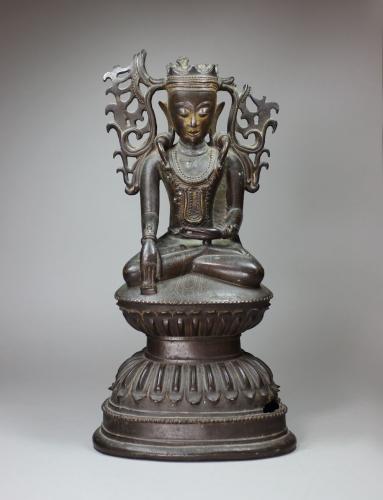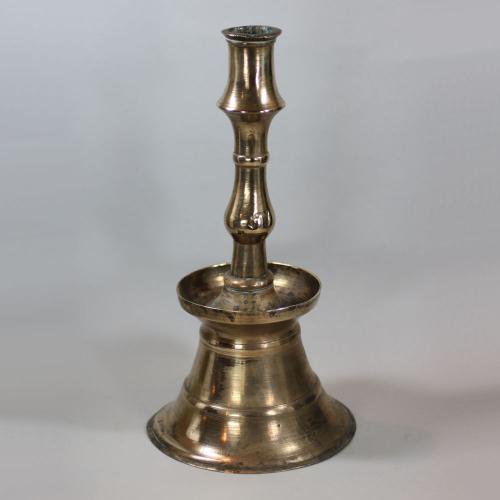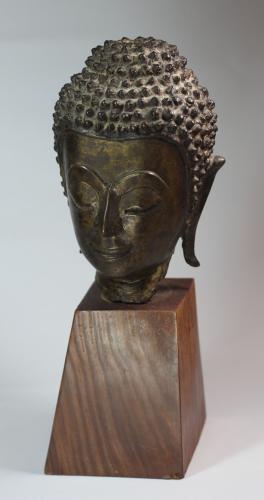


Price on application
This object is eligible for a Certificate of BADA Provenance
The BADA Standard
- Since 1918, BADA has been the leading association for the antiques and fine art trade
- Members are elected for their knowledge, integrity and quality of stock
- Our clients are protected by BADA’s code of conduct
- Our dealers’ membership is reviewed and renewed annually
- Bada.org is a non-profit site: clients deal directly with members and they pay no hidden fees
中国德化银镶酒杯,十七世纪 A Chinese Dehua silver mounted libation cup, 17th century, moulded in the form of a rhinoceros horn, one side with a recumbent deer beneath a branch of pine and a crane soaring overhead, the other side with a dragon pursuing a flaming pearl above a beast sitting upright on its haunches; indistinct mark to silver base.
Condition: perfect
Notes:
This cup, along with other 'blanc de chine' wares, was made at the Dehua kilns in the South-Eastern coastal province of Fujian, an area renowned for its creamy-white, translucent porcelain. Due to the raw materials available in the local area, Dehua porcelain contains high levels of pure china stone, which results in a very hard and sugary body particularly suited to the production of moulded figures and vessels. This particular style of libation cup is modeled in the form of a so-called 'rhinoceros horn'. The horn of the rhinoceros is actually made up of layers of keratin and was believed to have magical properties by Daoists, though any medicinal or magical properties attributed to this substance are purely mythical. The theme of longevity is also reflected in the decoration of the vessel; according to Daoist belief, deer are the only animal able to find and consume lingzhi, fungi of immortality. As ‘deer’ in Chinese (‘lu’) is homophonous with the term for an official’s salary, the animal is also a symbol of prosperity and wealth. The pine, evergreen and long-living, is often paired in paintings and ceramic design with crane, which are in turn associated with Shoulao, the god of longevity. The immortal crane (xian he) is said to live for thousands of years and to act as messenger between the earthly and heavenly realms where the Daoist deities reside. The incorporation of auspicious natural imagery in general into artistic design was particularly popular during the late Ming and Qing as according to Daoist belief, immortality could only be achieved through living in harmony with the universal order underpinning all living things. Meanwhile, the Chinese dragon (‘long’ 龍 or ‘loong’ 龙) has been a prominent mythological creature in Chinese folklore for millennia. While it is commonly believed that the dragon was originally worshipped as part of animistic ritual in China, the mythical beast came to be associated more specifically with control of water, including the sea, rivers and associated weather events such as typhoons. The Dragon was also celebrated as a bringer of good fortune and a symbol of strength; it was adopted as an Imperial icon from at least the Han dynasty onwards. Combined, the shape and decorative elements of this libation cup are highly auspicious and would have made it an appropriate gift to make a special occasion.
Condition report
GoodStock number
W890The BADA Standard
- Since 1918, BADA has been the leading association for the antiques and fine art trade
- Members are elected for their knowledge, integrity and quality of stock
- Our clients are protected by BADA’s code of conduct
- Our dealers’ membership is reviewed and renewed annually
- Bada.org is a non-profit site: clients deal directly with members and they pay no hidden fees






